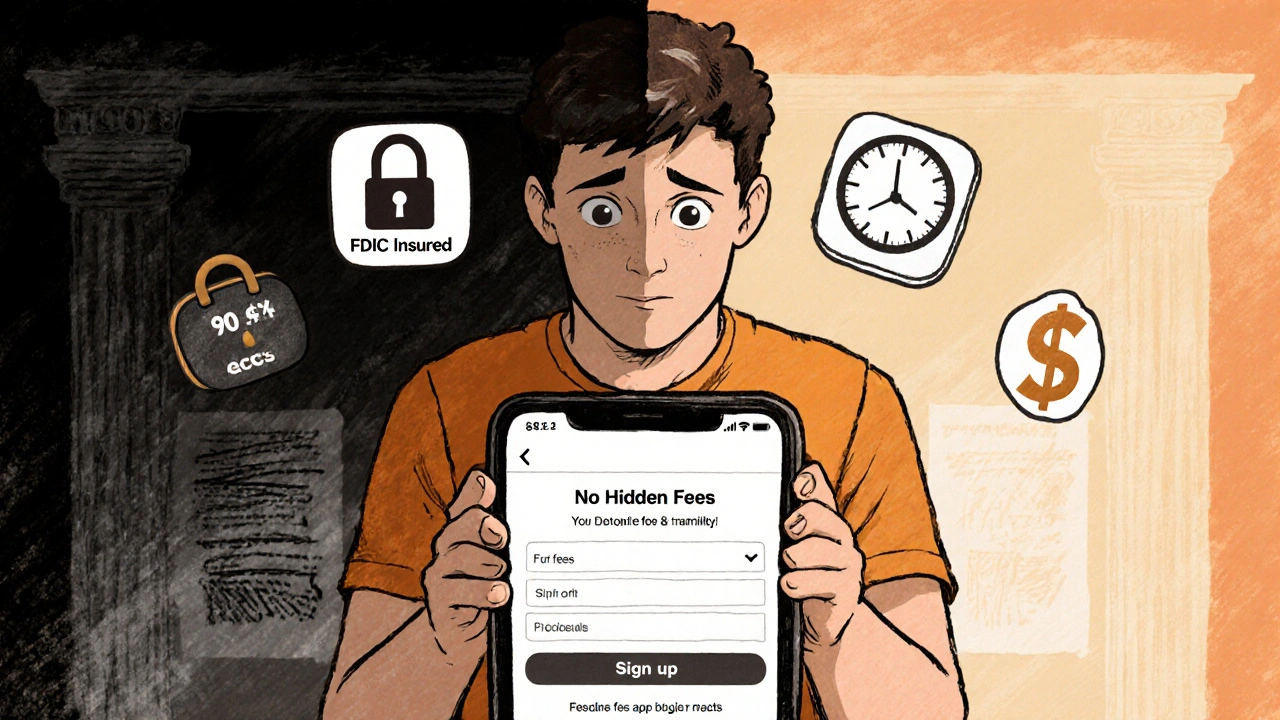Reduce CAC in Fintech: How to Lower Customer Acquisition Costs with Smart Strategies
When you hear reduce CAC fintech, the practice of lowering the cost to win a new customer in financial technology businesses. Also known as customer acquisition cost optimization, it’s not just about spending less—it’s about spending smarter. If your fintech app spends $200 to get one user who sticks around for six months, you’re losing money. But if you spend $50 and keep them for three years? That’s a business that scales.
Most fintech startups burn cash chasing users through ads, influencer deals, and referral bonuses. But the real winners? They focus on customer retention, the ability to keep users engaged and coming back over time. Also known as user stickiness, it’s the quiet engine behind sustainable growth. Why? Because keeping a customer costs 5 to 25 times less than acquiring a new one. That’s not a guess—it’s what Harvard Business Review found after tracking over 300 companies. Fintech apps that nail retention don’t just save money—they turn users into advocates who bring in free traffic through word-of-mouth. And that’s where fintech marketing, the strategic use of digital channels, product design, and behavioral nudges to attract and retain users in financial services. Also known as growth marketing for finance, it shifts from shouting into the void to building trust through value. Think of it like this: a budgeting app that shows you exactly how much you saved last month isn’t just helping you—it’s reminding you why you signed up. That’s marketing that works while you sleep.
Some fintechs try to cut CAC by slashing ad spend. Bad move. You don’t reduce CAC by going quiet—you reduce it by making every dollar you spend pull double duty. That means using fintech growth, the process of scaling a financial technology business through product-led, data-driven, and retention-focused tactics. Also known as product-led growth in finance, it’s when the product itself convinces users to stay and invite others. Look at apps that give you free credit score checks, instant cashback on bills, or automated savings rounds. They don’t need billboards. They need one thing: a reason to open the app every day. And when users do? They’re more likely to refer friends, upgrade to premium, or stick around through market swings.
What you’ll find in these posts isn’t fluff about viral campaigns or trendy TikTok ads. It’s the real stuff—how top fintechs use payment observability to reduce churn, how surprise-and-delight credits turn one-time users into loyal customers, how flat fee planning builds trust before you even ask for a signup. You’ll see how synthetic data helps test marketing flows without risking real user info, how BNPL integrations increase conversion without inflating acquisition costs, and why ESG robo-advisors are attracting users who won’t switch—even when the market drops. This isn’t about hacking the system. It’s about building a system that doesn’t need hacking.
Fintech Marketing Strategies for Customer Acquisition: Proven Tactics That Work in 2025
Learn proven fintech customer acquisition strategies for 2025 that build trust, reduce costs, and convert users-backed by real data on referral programs, personalization, and compliance.
View More